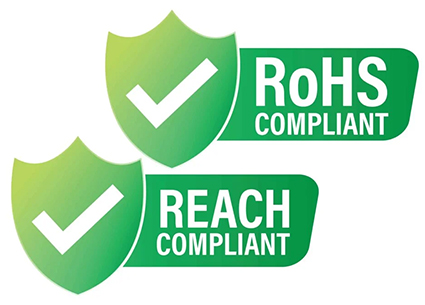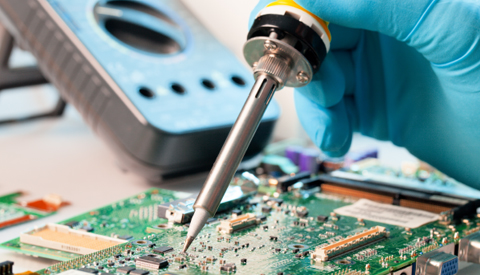RoHS and REACH compliant PCB
design and manufacturing

There are countless rules, regulations, standards, and guidelines that you must or should follow when designing and developing PCBs and electronic products. Many of these are developed to ensure interoperability, performance, and reliability. However, an increasing number of regulations are focused on the safety of the end user, as well as the safety of others who may be affected in the event of an unexpected event.
The European Union (EU) has been a leader in developing safety standards for products manufactured or sold in EU countries. However, there are many other countries that have and are developing similar regulations. Therefore, it is important for PCB designers and developers to understand what RoHS and REACH compliance is and how to design boards to meet their requirements (if necessary).
If your electronic circuit board or product is to be used in the European Union, it must comply with RoHS and REACH regulations, even if all or some of its parts are manufactured or sourced from elsewhere. Therefore, it is important to follow the guidelines below to avoid unnecessary redesign, manufacturing and other post-production costs, as well as any fines that may be levied for failure to meet these safety requirements.
Currently, compliance with RoHS and REACH is mandatory in the European Union. However, the implementation of similar restrictions is increasing around the world. If you have not yet been impacted, it is likely that your design process will need to incorporate such guidelines.
If you are looking for CAD models of common components or PCBA design guidelines to ensure RoHS and REACH compliance, PCBA123 can set your team up for success, ensuring a streamlined and error-free design, production, and procurement process.

